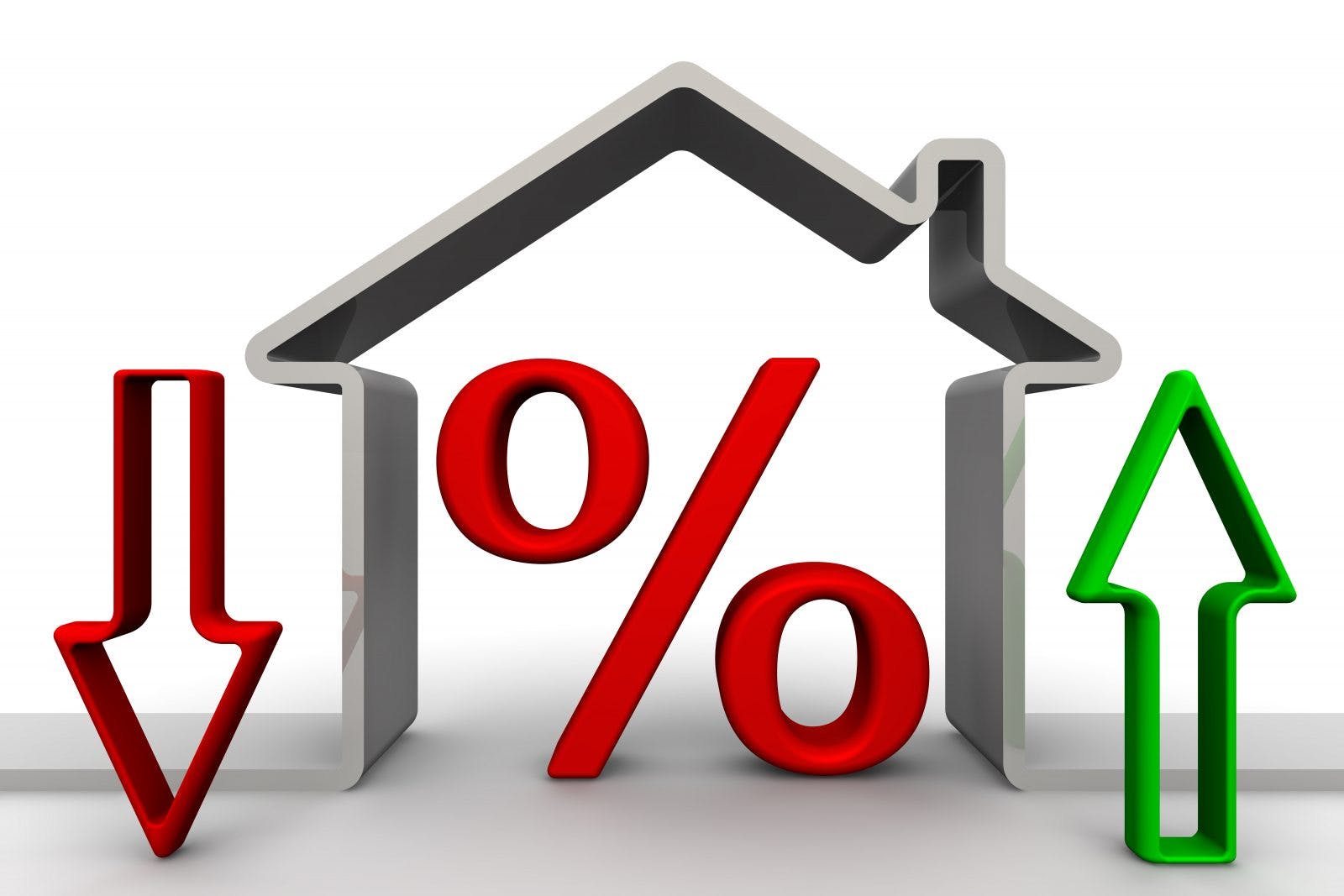What a difference a year makes! Only 12 months or so ago, an unprecedented number of Seattle/King County buyers took advantage of historically low interest rates to scoop up new homes.
Today, almost as if a light switch had been flipped, the market has softened to a point where most homes for sale sit for weeks rather than days and prices are starting to level off. Why the change?
Rising interest rates – among other developments – have helped cause our Great Deceleration.
Beyond the type of kitchen countertops and appliances or the number of bedrooms and size of a garage, consumers are closely following the direction of mortgage rates to determine what home will fit their needs and still be affordable. But what drives those rates?
You may be surprised to know the bond market plays a key role in how mortgage rates are determined. That is because mortgage bonds – also known as mortgage-backed securities – are the measuring stick used to help set the yield on today’s mortgage rates. It’s all about bond supply versus investor demand.
Mortgage bonds are individual loans packaged and sold to secondary-market buyers such as Freddie Mac, Fannie Mae and investment banks. Most consumer lenders do not keep the loan to term or they would run out of money pretty fast.
If there is a strong market for bundled mortgage loans, their price will rise and their interest rate will fall … along with the yield on mortgage rates. Our central bank, the Federal Reserve, helped to artificially keep mortgage rates low during the height of the pandemic by purchasing hundreds of billions in mortgage-backed securities – as much as $120B a month in 2021.
That massive round of purchase activity pushed U.S. mortgage interest rates to as low as 2.65% in January 2021. The Fed halted that practice early this year, starting a slow but sure rise in mortgage rates. The average rate on a 30-year fixed mortgage was 3.11% at the beginning of 2022. Today? Well, hold on to your hat and clutch those pearls!
As of this writing, mortgage rates across the U.S. are sitting in a range of 5.5%-6.5%. Locally, lenders are quoting 30-year rates at about 6.25% (depending on an applicant’s circumstances). Rates will likely continue to rise this year as demand ebbs – but there are no guarantees.
The Fed plays a smaller role in triggering the latest mortgage rate increase – which has climbed a staggering 3-plus percentage points so far in 2022 – and we’re only midway through the year. The national bank has been put in the unenviable position of trying to control a raging rise in inflation. Have you seen the prices for gas, food and airfare lately?!
To help reduce inflation, the Fed has raised short-term interest rates. This affects the interest charged on everything from credit cards, car loans and home equity lines of credit. Short-term rates have only a modest impact on most mortgage rates but they can inflict tremendous pain on consumers trying to fill the gas tank, buy groceries and make holiday plans.
The Fed’s actions on interest rates can affect adjustable-rate mortgages, depending on which market index is used on the ARM. Even so, rates on ARMs can be attractive compared to fixed-rate loans.
Mortgage rates can go up – or down – depending on several factors. In addition to inflationary pressures and actions by the Fed, consumers can celebrate or cry over the direction of interest rates when other developments take place. That can include:
Economic Data – When America’s unemployment rate falls (as it has so far this year), rates should rise. If manufacturing slows or is stagnant, sending unemployment higher, rates often fall.
Stock Market – Rates tend to rise with a strengthening equities market and decline when major stock indices fall. When investors shift money into stocks, they are usually taking them out of more conservative instruments such as bonds, causing their prices to drop and rates to rise.
Geo-Politics – Investors have mixed feelings about political developments. The war between Russia and Ukraine can be devastating to both their economies and to other nations. The conflict has produced a global wheat shortage because Ukraine is a top grain producer and a Russian sea blockade is preventing the commodity from being shipped abroad. This development alone has tremendous ripple effects around the world, creating food shortages and helping to fuel inflation.
Other Global Events – Rates can fall when natural disasters have broad, devastating consequences. Hurricanes that hit our southern gulf states can often halt petroleum production or knock out power to businesses that keep America rolling. Seeking a safer haven, investors tend to pour money into bonds on bad news, sending rates lower.
As you can see, interest rates can fluctuate quickly … for better or worse. My advice: Talk to at least two lenders to better understand today’s interest-rate environment and discuss options to finance your next home purchase.




